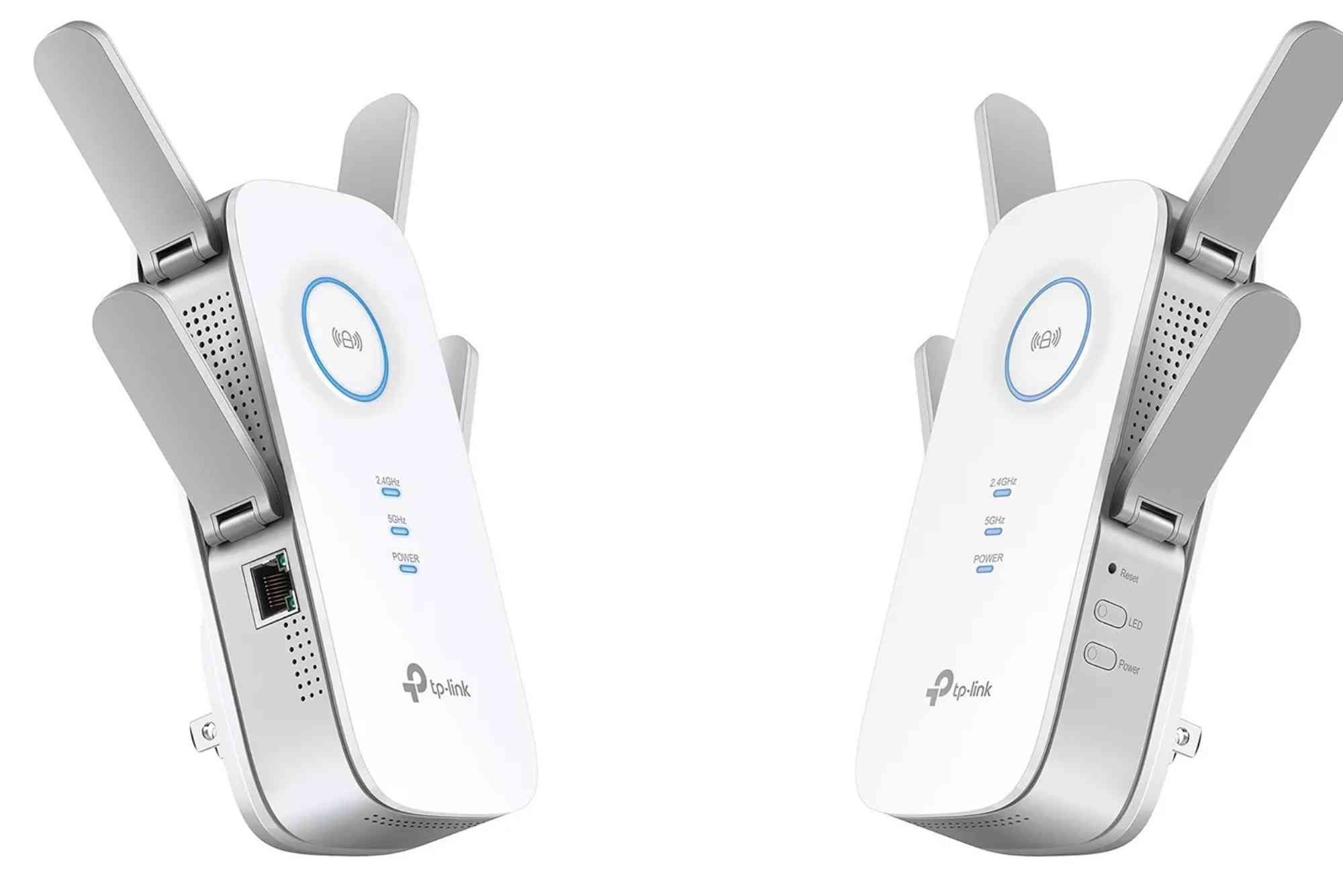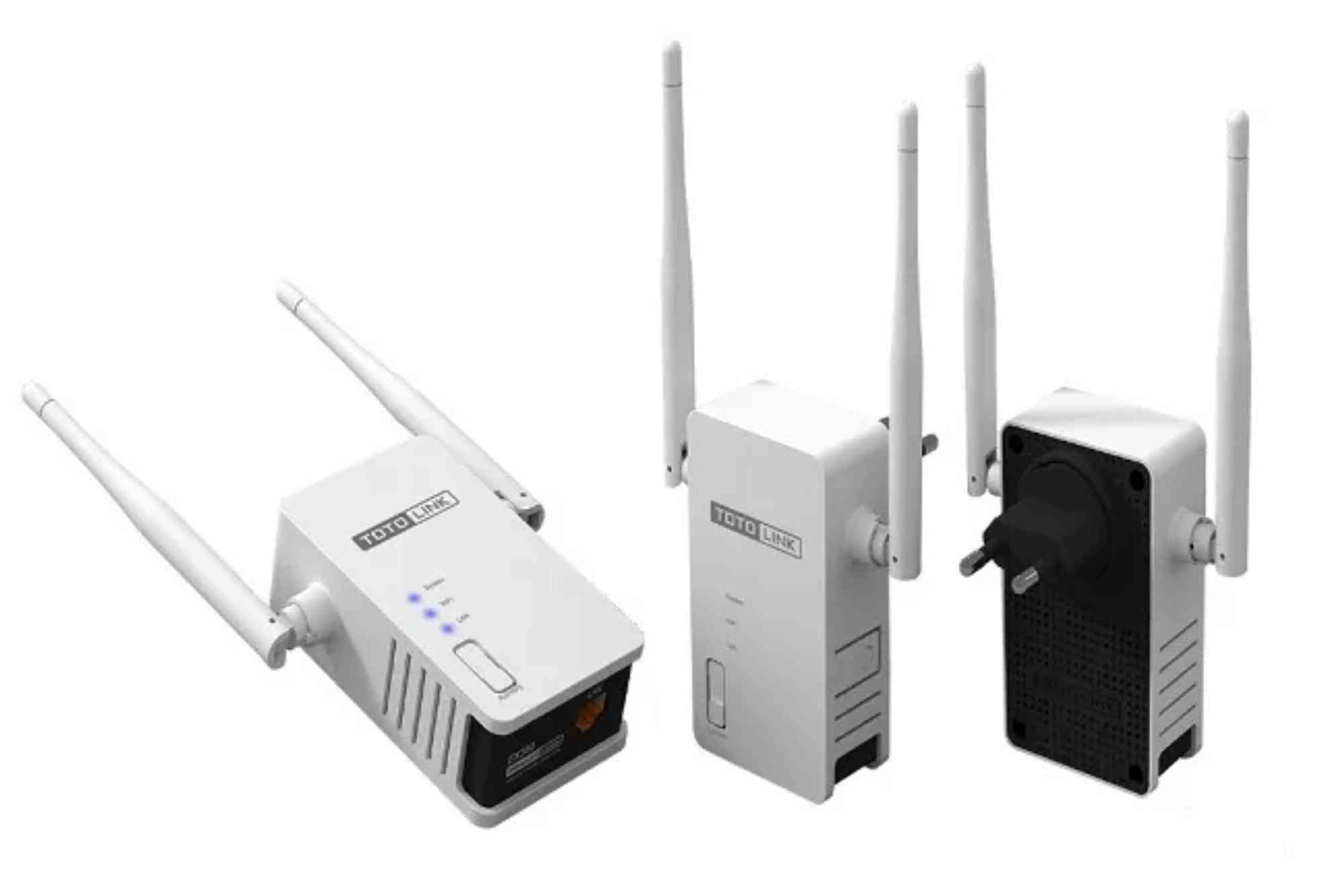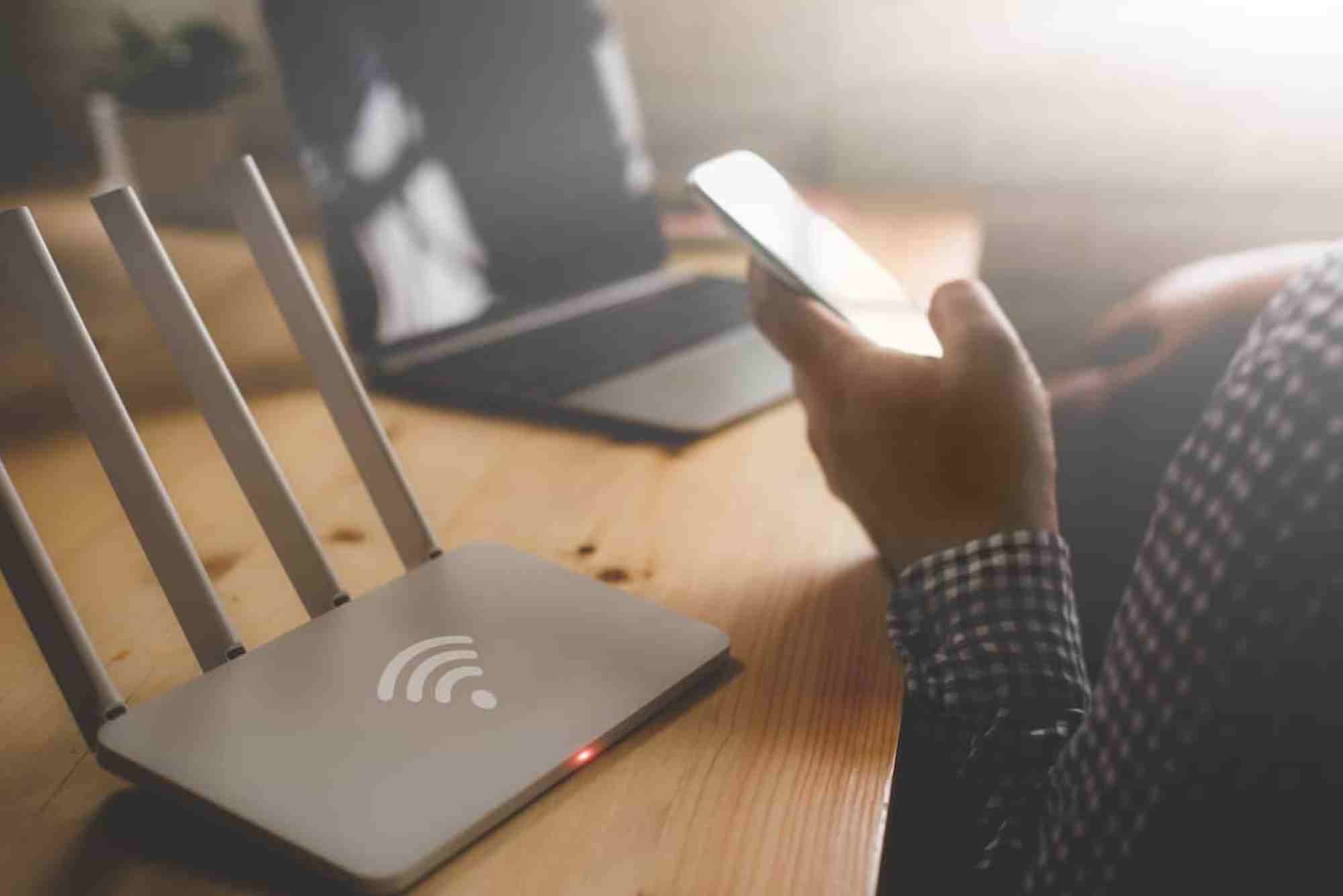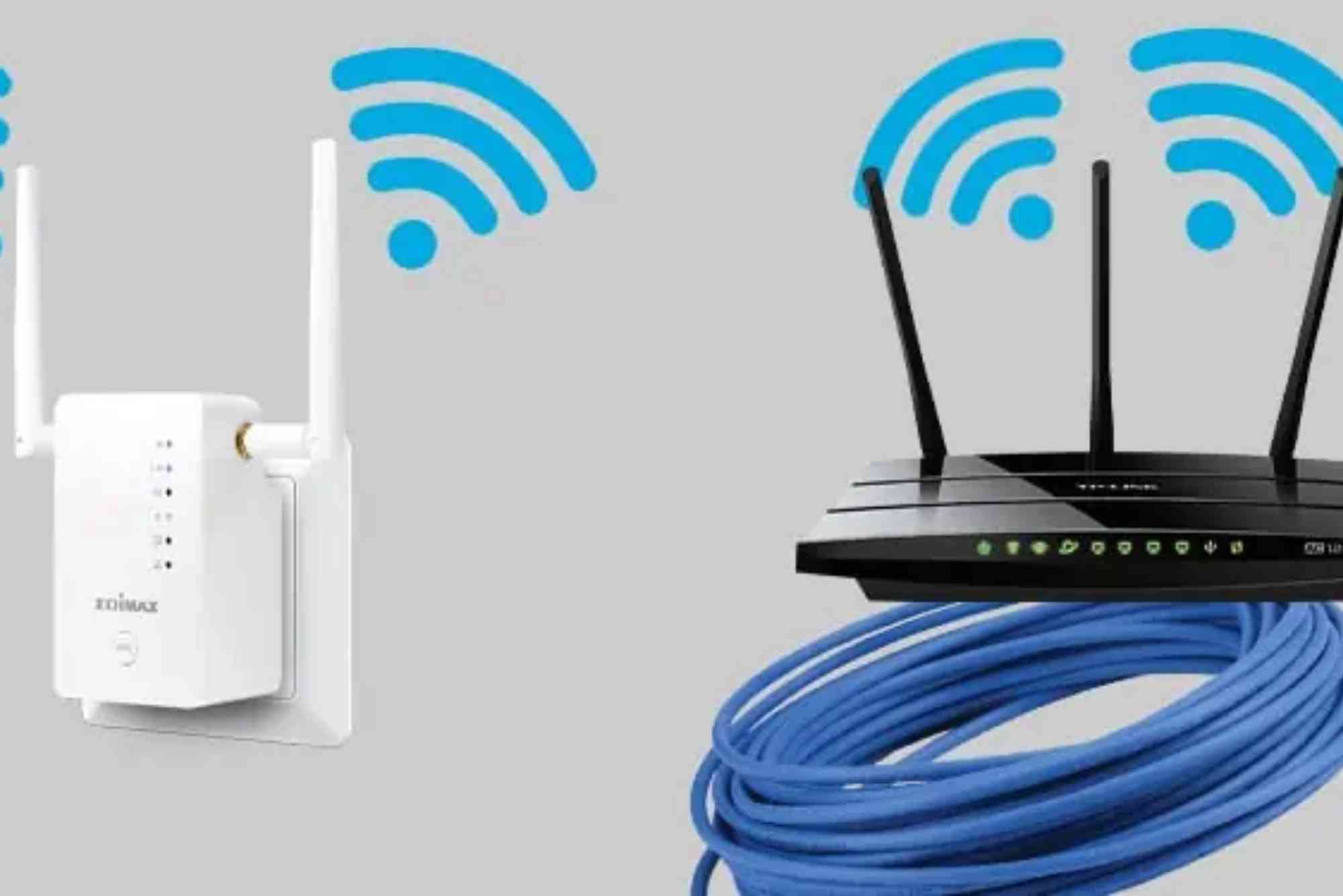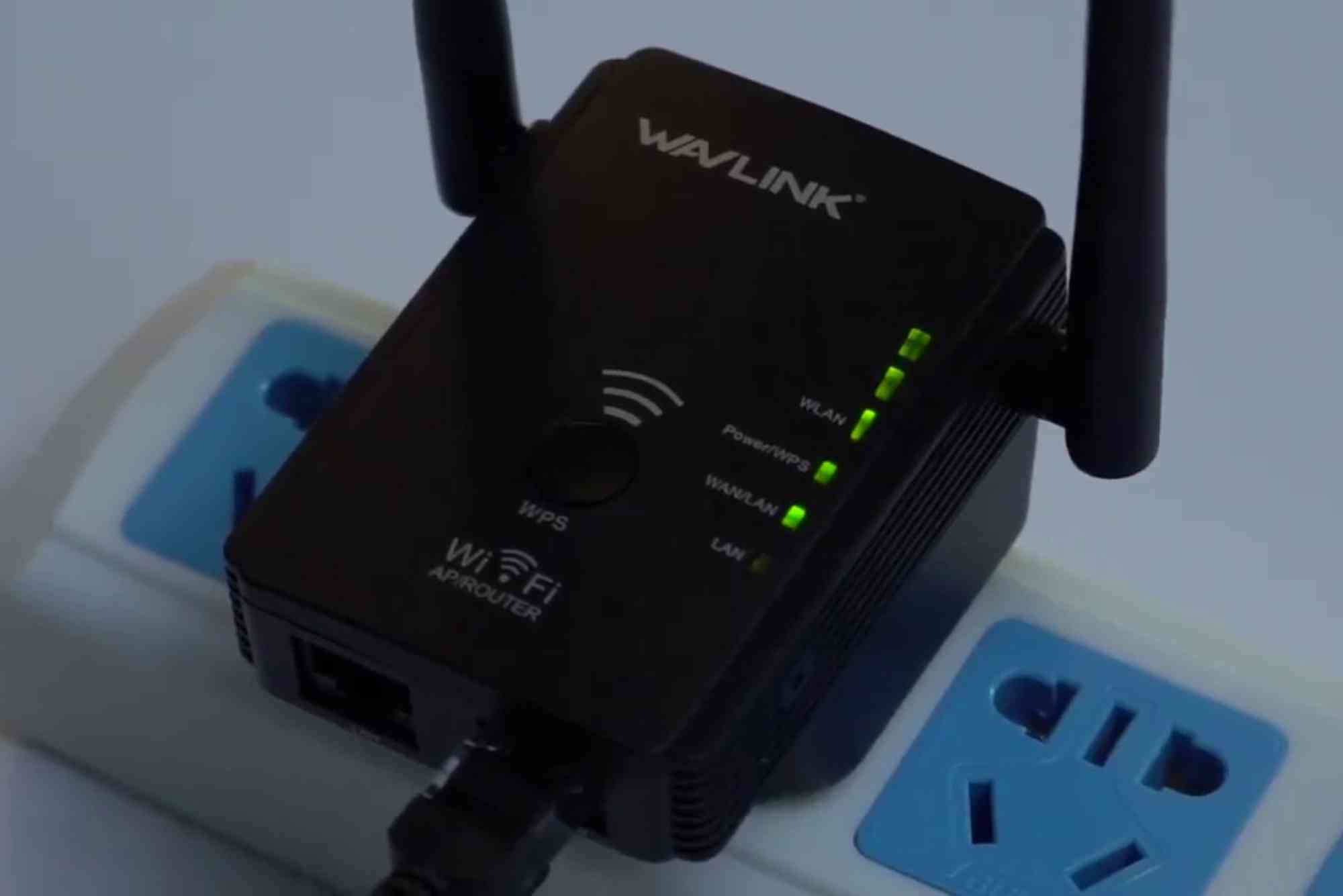Introduction
Have you ever tried connecting a new device to your WiFi, only to realize your router is not broadcasting SSID? This common issue leaves many users frustrated because the wireless network simply doesn’t appear in the list of available connections.
Your SSID (Service Set Identifier) is basically the name of your WiFi network. Without it, devices won’t know your router exists. While you can manually connect to a hidden SSID, it’s often inconvenient and signals a bigger problem that should be fixed.
In this guide, we’ll cover the most common reasons why your router is not broadcasting SSID, along with practical solutions to get your WiFi visible and working again. By the end, you’ll know whether the problem is a simple settings tweak or something that requires advanced troubleshooting.
Why Your Router Is Not Broadcasting SSID
Several reasons can cause your WiFi network name to disappear. Understanding these will help you troubleshoot faster.
Hidden SSID Settings
Some routers have an option to hide SSID. If enabled, your WiFi won’t appear in the network list. While this is sometimes used for security, it often creates confusion.
Outdated Firmware
Routers run on firmware, just like your phone or computer runs on an operating system. Outdated firmware can cause broadcast issues.
Hardware Malfunction
A faulty router or damaged antennas may prevent the SSID from broadcasting properly.
Signal Interference
Devices like microwaves, cordless phones, or even neighboring WiFi networks can interfere with your router’s signal.
Misconfigured Router Settings
Incorrect security modes, WiFi channel settings, or advanced configurations may stop the SSID broadcast.
How to Fix Router Not Broadcasting SSID
Now that you know the possible causes, let’s explore practical solutions.
Check Router Settings
Log into your router’s admin panel. You can usually do this by typing 192.168.0.1 or 192.168.1.1 into your browser.
Look for Wireless Settings and ensure the SSID broadcast option is enabled. If it’s disabled, enable it and save changes.
Restart Your Router
Sometimes, a simple restart resolves broadcasting issues. Turn off your router, wait 30 seconds, and power it back on.
Update Router Firmware
Check your router manufacturer’s website for firmware updates. Outdated firmware is a common reason for router not broadcasting SSID. Updating ensures better stability and performance.
Reset to Default Settings
If you’ve made changes to your router and lost track, reset it. Most routers have a small reset button. Hold it down for 10–30 seconds to restore factory settings.
Change WiFi Channel
If interference is the issue, log in to your router’s settings and manually switch to a different WiFi channel. Channels 1, 6, and 11 are usually the most stable.
Check Antennas and Hardware
Ensure router antennas are securely attached and not damaged. If the hardware itself is faulty, consider contacting support or replacing the device.
Connecting to a Hidden SSID
Even if your router is not broadcasting SSID, you can still connect manually.
On Windows:
-
Open WiFi settings
-
Select “Manually connect to a wireless network”
-
Enter the SSID and password
On Smartphones:
-
Go to WiFi settings
-
Tap “Add Network”
-
Enter SSID and password
While this works temporarily, it’s better to fix the broadcasting issue for long-term reliability.
Security Implications of Hiding SSID
Many people hide SSID thinking it makes their WiFi more secure. However, this is a false sense of security. Advanced users can still detect hidden networks using tools.
The best way to secure your WiFi is to:
-
Use WPA3 or WPA2 encryption
-
Create a strong, unique password
-
Update firmware regularly
Instead of hiding your SSID, focus on real security measures.
Advanced Fixes for Router Not Broadcasting SSID
If the basic fixes didn’t work, try these advanced methods.
Change Wireless Mode
Some devices only support certain wireless standards (like 2.4GHz b/g/n). If your router is set to 5GHz only, older devices won’t detect it. Switch your router to Mixed Mode for compatibility.
Assign a Unique SSID
If multiple networks nearby share the same SSID, your device may get confused. Rename your WiFi with a unique SSID.
Check MAC Filtering
MAC address filtering can block certain devices from connecting. Ensure your device’s MAC address isn’t restricted in the router settings.
When to Replace Your Router
If you’ve tried all troubleshooting steps and your router is still not broadcasting SSID, it may be time for a replacement. Older routers not only struggle with broadcasting issues but also pose security risks.
Modern routers offer:
-
Stronger WiFi range
-
Dual-band and tri-band support
-
Better firmware updates
-
Enhanced security features
If you’re looking for reliable connectivity in Pakistan, services like Dhanote Internet Services provide both modern routers and strong internet packages.
FAQs
Why is my router not showing SSID?
Your router may have SSID broadcast disabled, outdated firmware, or interference from nearby devices. Checking router settings usually resolves the issue.
How do I enable SSID broadcast?
Log into your router’s admin panel, go to Wireless Settings, and ensure SSID broadcast is enabled. Save changes and restart your router.
Can I connect without an SSID?
Yes, you can manually enter the SSID and password to connect. However, it’s better to fix the broadcasting issue for convenience.
Is hiding SSID a good security practice?
Not really. It only hides your network from casual users but doesn’t prevent hacking. Strong encryption and passwords are far more effective.
Why is my SSID visible on some devices but not others?
Some devices may not support the wireless mode (2.4GHz vs 5GHz) your router is using. Switching to Mixed Mode usually solves this.
A router not broadcasting SSID can be frustrating, but in most cases, it’s caused by a simple setting, outdated firmware, or interference. By checking your wireless settings, updating firmware, and ensuring compatibility, you can restore visibility to your WiFi network.

